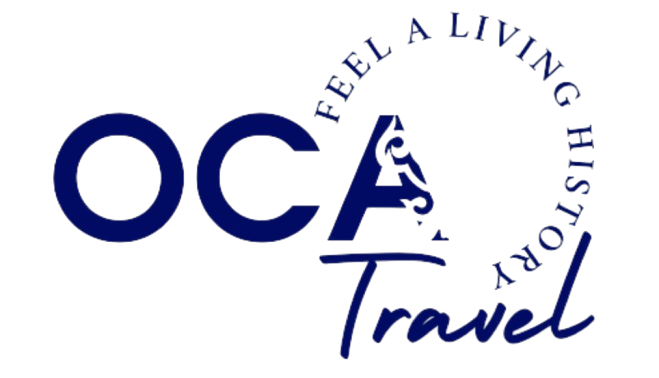KENTAU
Kentau was founded in 1955 as an industrial center for the development of polymetallic deposits. During the Soviet era, Kentau became an important city for miners and metallurgists, as well as a manufacturing hub for all of southern Kazakhstan. Its main enterprise is the Kentau Transformer Plant, one of the largest manufacturers of electrical equipment in Central Asia. The city is known for its working traditions, friendly atmosphere, and Soviet-era buildings, as well as its proximity to the major tourist destination of Turkestan.
Recommended attractions:
Miners’ Park – built in the early 1950s. It is part of the community center, adjacent to Friendship Square. It is the city’s oldest park. The park is bordered by streets, and on the east by a railway line. The main entrance is on Ordzhonikidze Street. The park covers approximately 5.0 hectares. The park’s layout is based on the riverbank of the small Kantaga River.
Kentau City Museum – In 1977, to commemorate the 50th anniversary of the Achpolimetall plant, the Museum of Labor Glory was opened. In 1990, by a joint decision of the executive committee of the city Council of People’s Deputies and the administration of the Achpolimetall plant, the city and plant museums were merged, and a single museum – the Mining History Museum – was created from their collections. Until 1998, it served as a branch of the Regional Museum of History and Local Lore.
Sauran is a medieval settlement in southern Kazakhstan. During the Middle Ages and the Kazakh Khanate, it was one of the main cities along the Syr Darya River. Despite its complete destruction, Sauran soon revived in a new location. The city’s prosperity was facilitated by its location on a caravan route. Sauran is mentioned in sources beginning in the 10th century. In the Middle Ages, the city was a major political, economic, and cultural center, the capital of various khanates, including, briefly, the Kazakh Khanate in the 15th century. The city was renowned for its advanced irrigation system: special underground canals, called karizas, delivered water directly to the city’s neighborhoods and gardens. Sauran was surrounded by powerful walls and seven rows of fortifications, making it nearly impregnable. The area is listed as a historical and cultural monument of national significance.
We also recommend you visit the central park named after S. Kozhanov, the monument to V. V. Mayakovsky, D. A. Kunaev, and the teacher and writer I. Altynsarin
